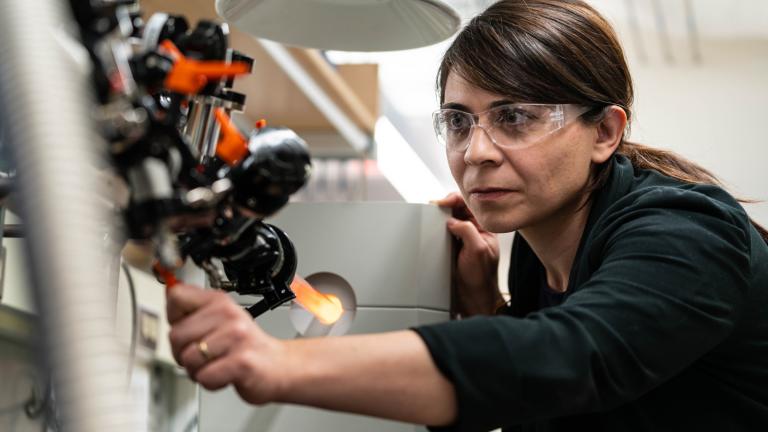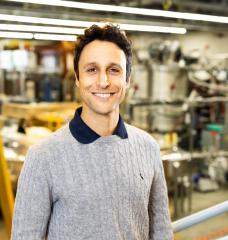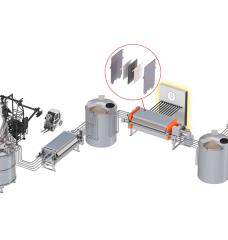
For Desirée Plata PhD '09, the decision to become an environmental chemist was inspired not only by an interest in science but also by her personal experience with the health effects of environmental contamination. Growing up in Maine, Plata noticed a spike in disease among people in a neighboring town—including members of her family. Later she learned the illnesses were linked to water contamination caused by years of improper industrial waste disposal.
“It’s not just an abstract idea that something that we make in industry could someday cause an undesirable health impact. It’s a real manifestation that a lot of people around the country are living with,” Plata says.
“To me, having a clean environment is a basic freedom.” Now the Gilbert W. Winslow Career Development Associate Professor of Civil and Environmental Engineering at MIT, Plata—who describes herself as “famously broad” in her research—is using her knowledge of environmental chemistry to protect the environment and make industrial processes more sustainable.
One of Plata’s ongoing projects focuses on methane, a greenhouse gas up to 86 times more potent than CO2 that is having a major impact on climate. Plata and her team are building a system that uses catalysts to capture ambient methane from the atmosphere and convert it into CO2.





